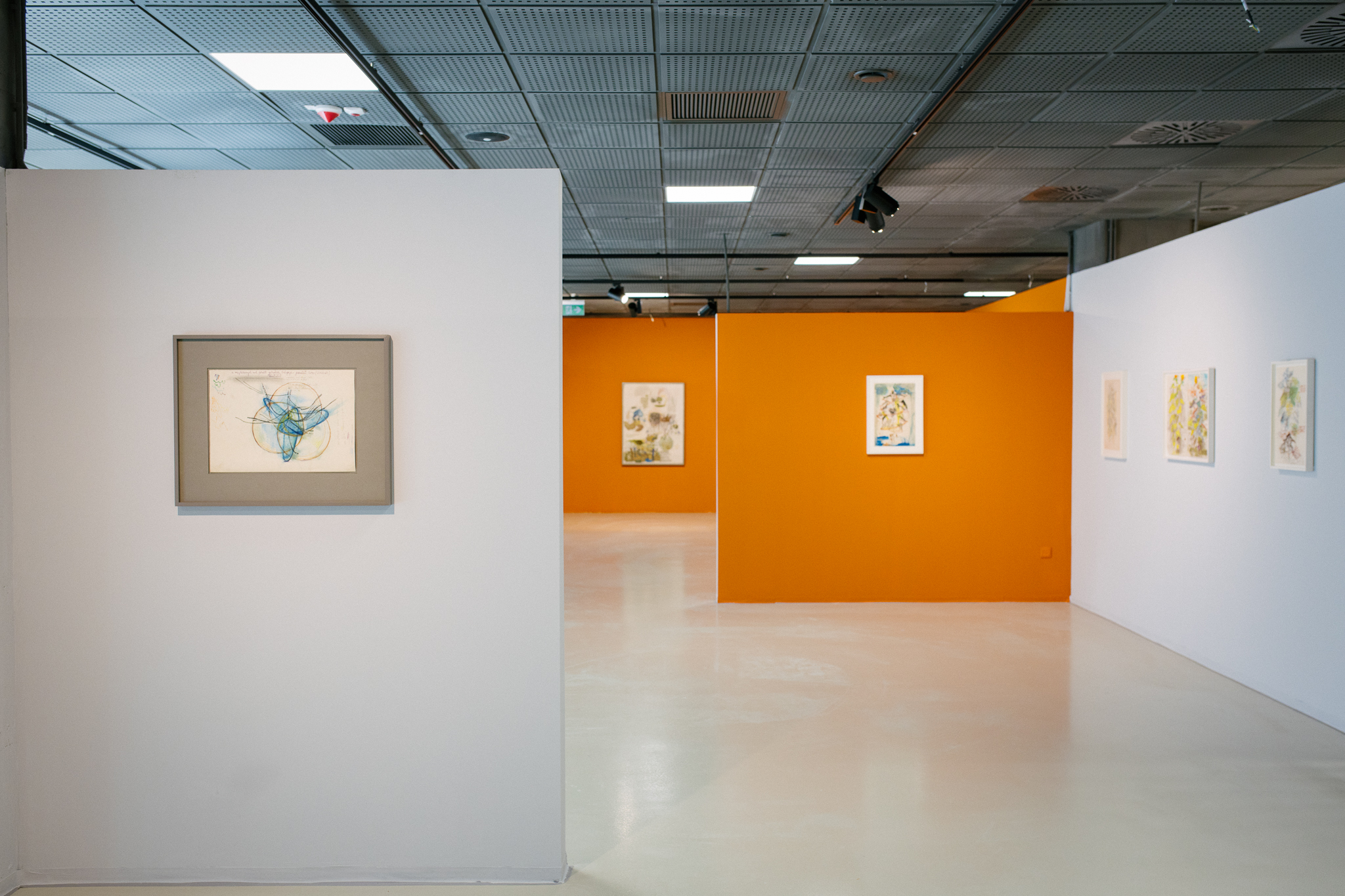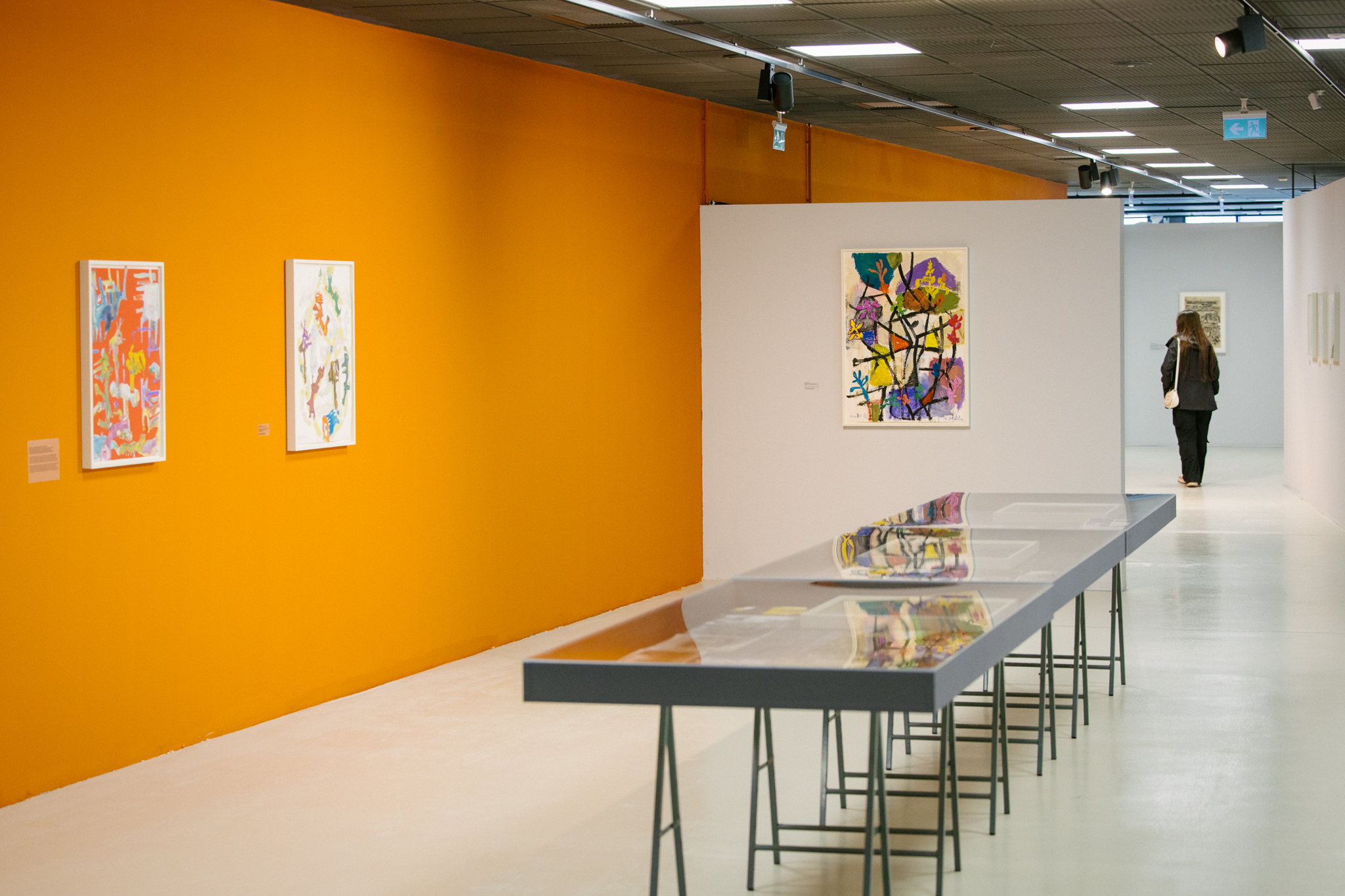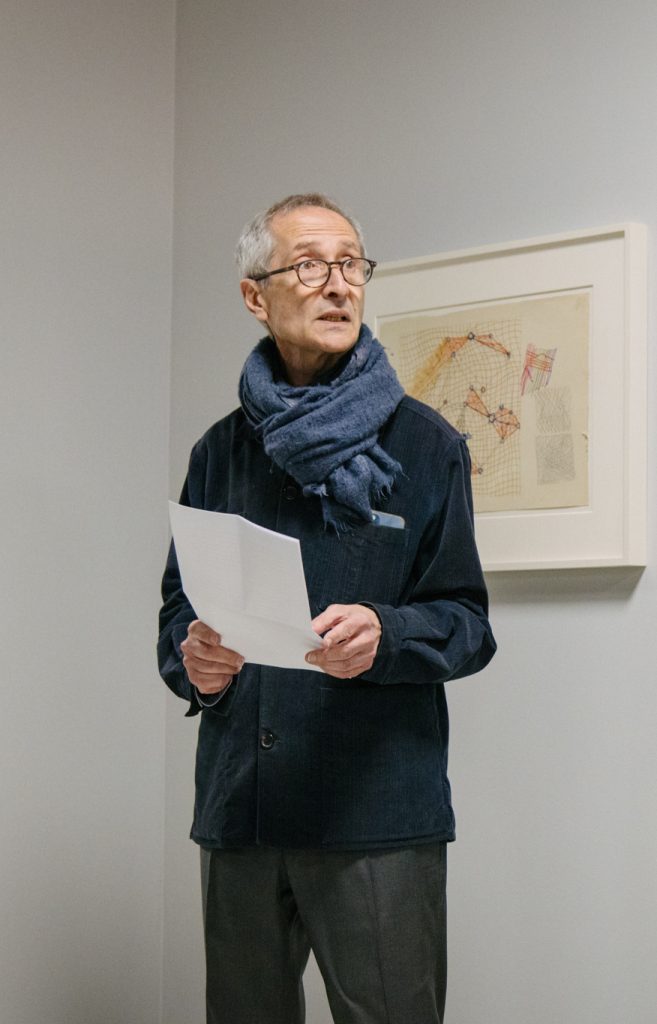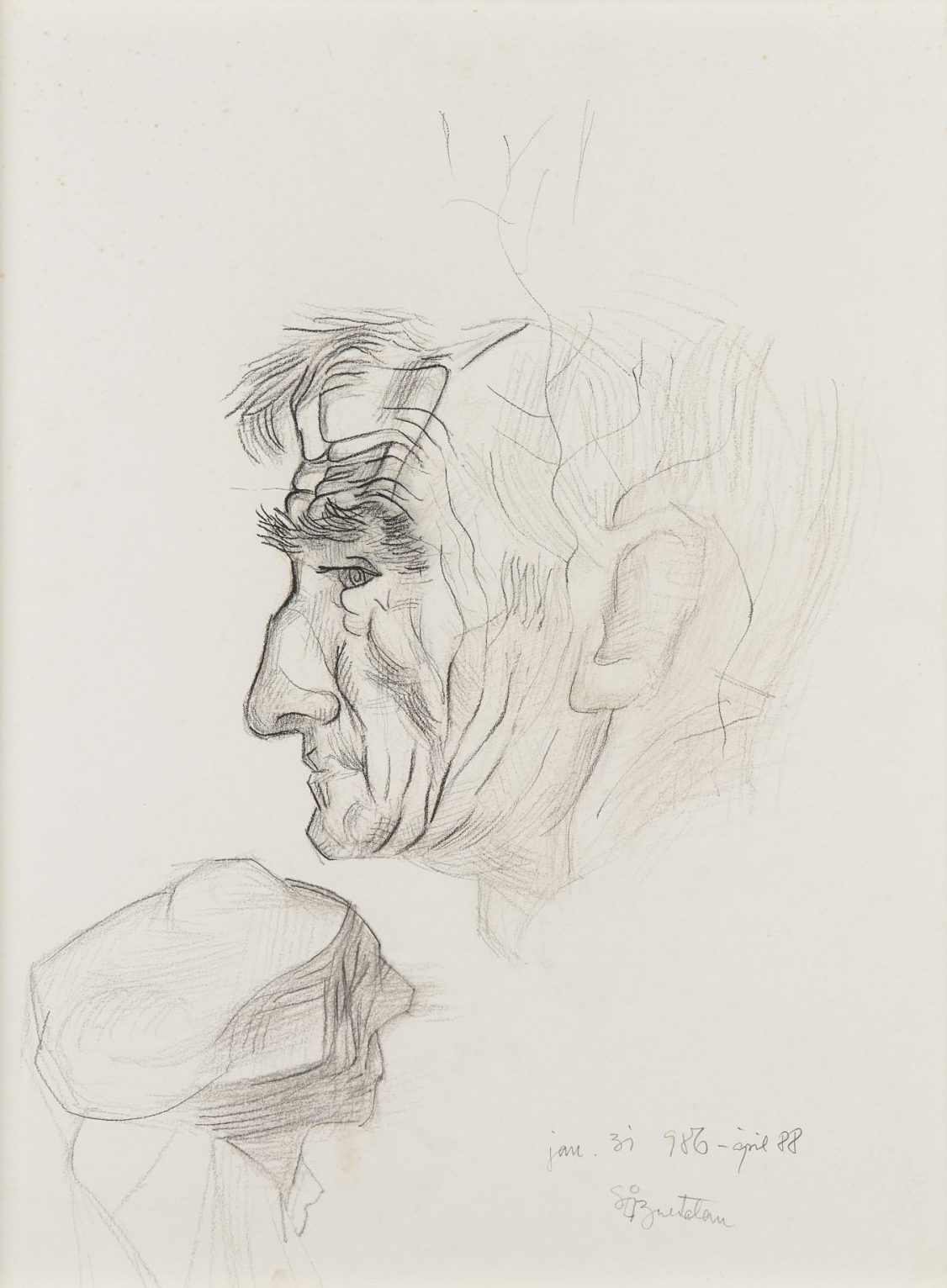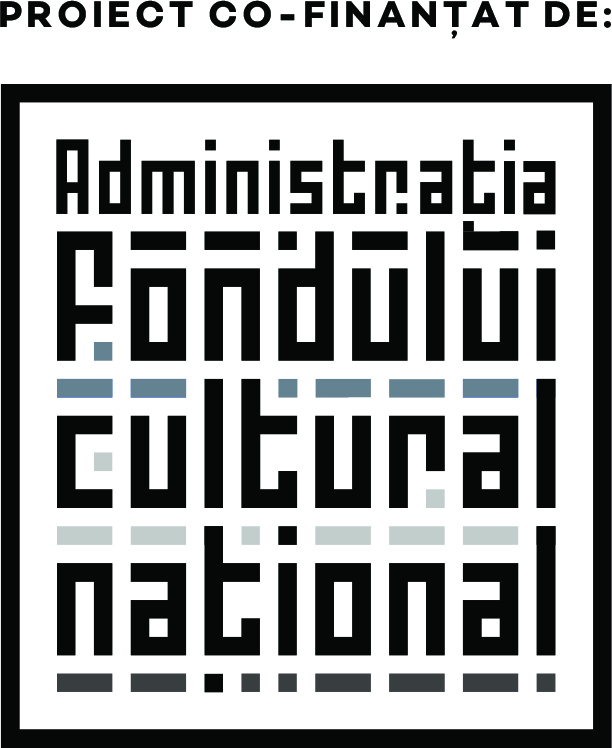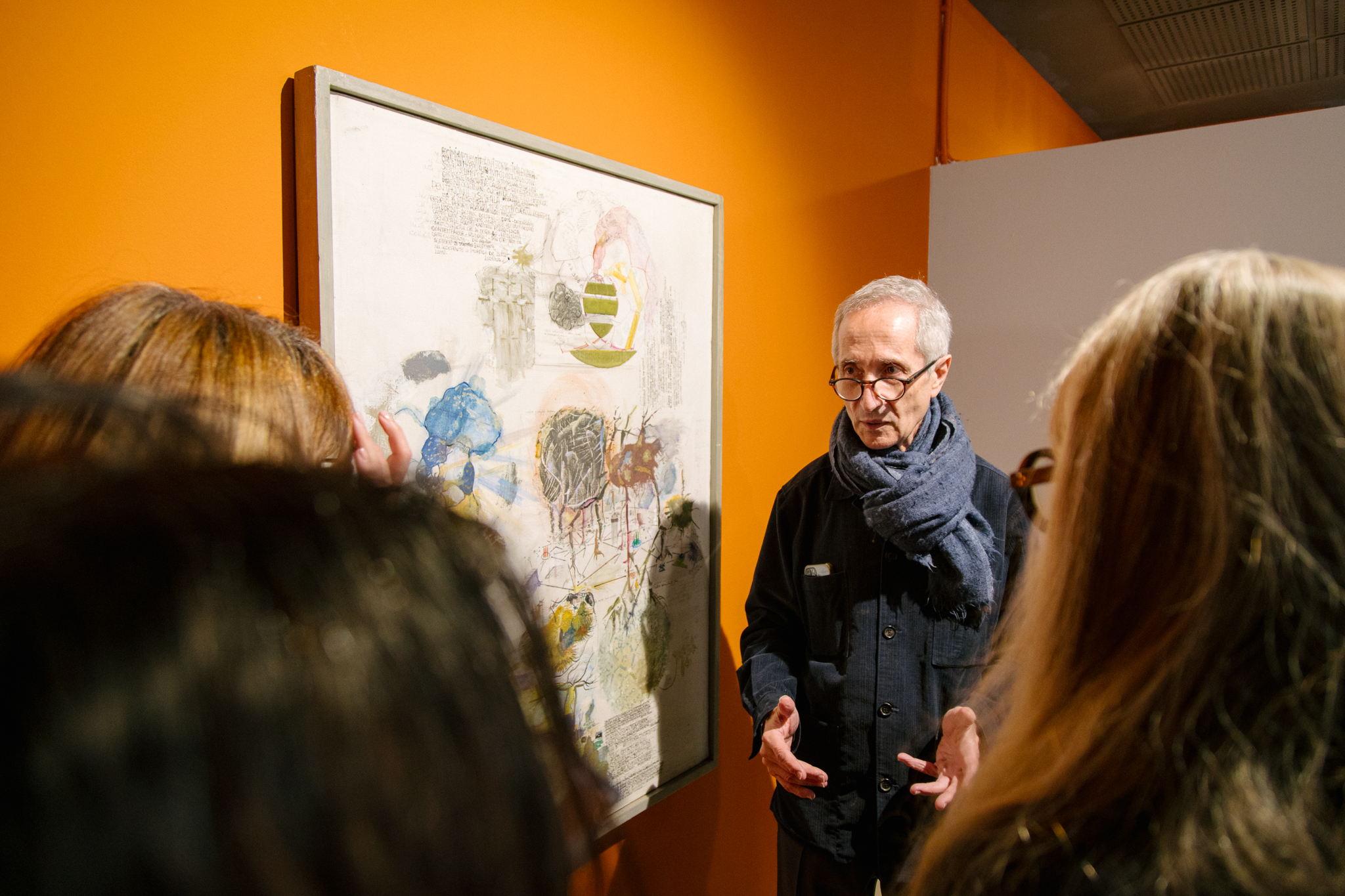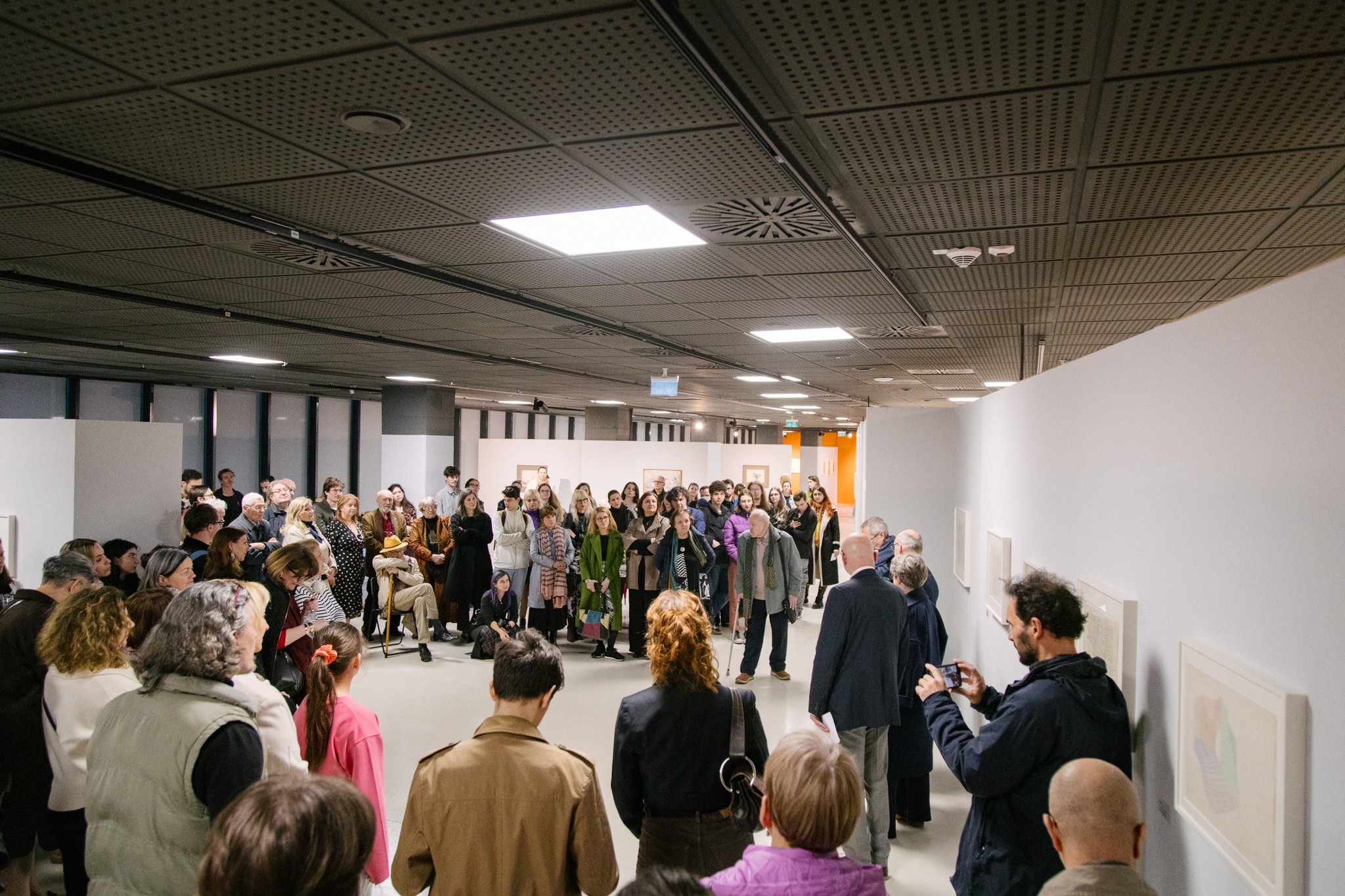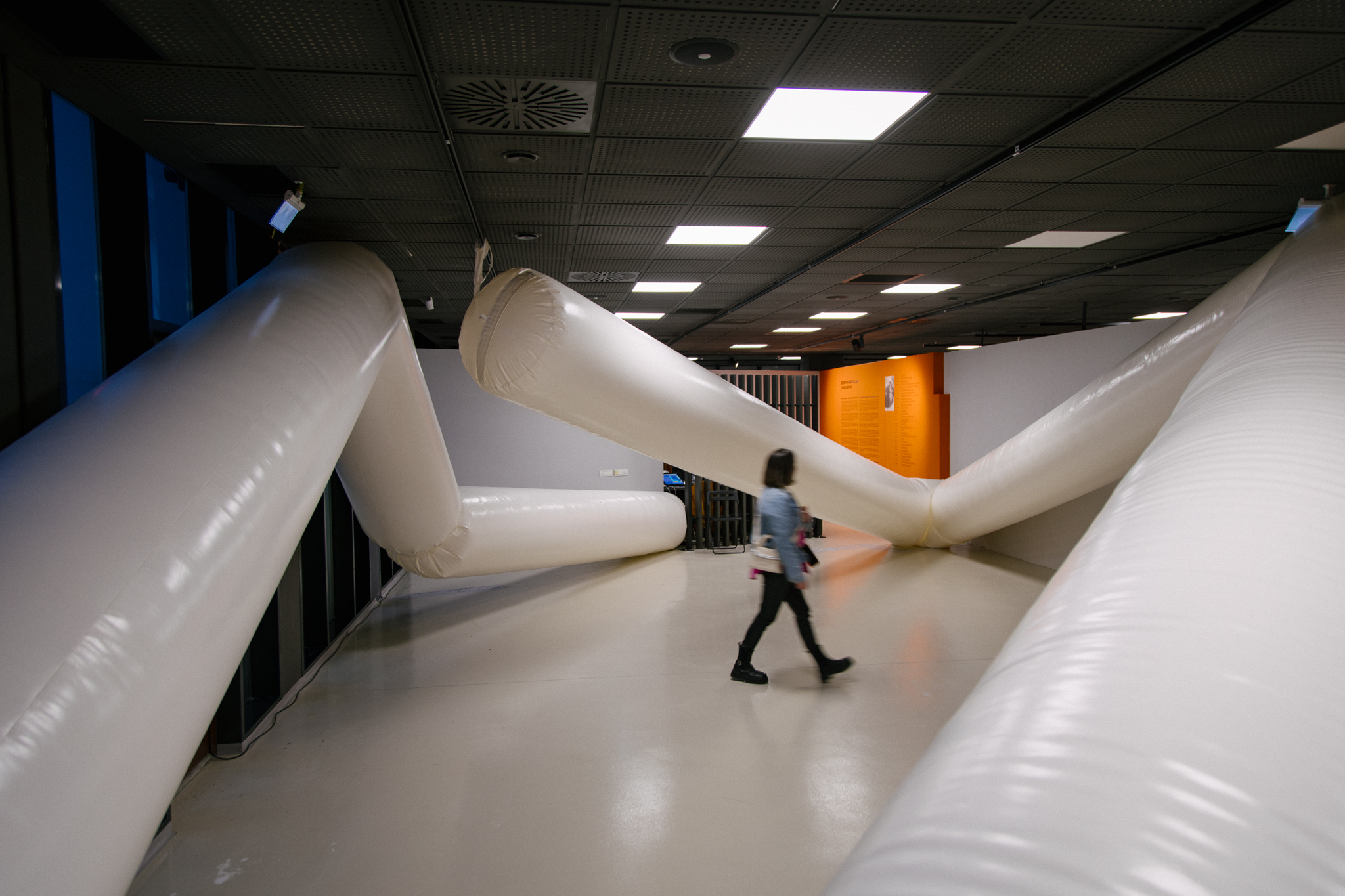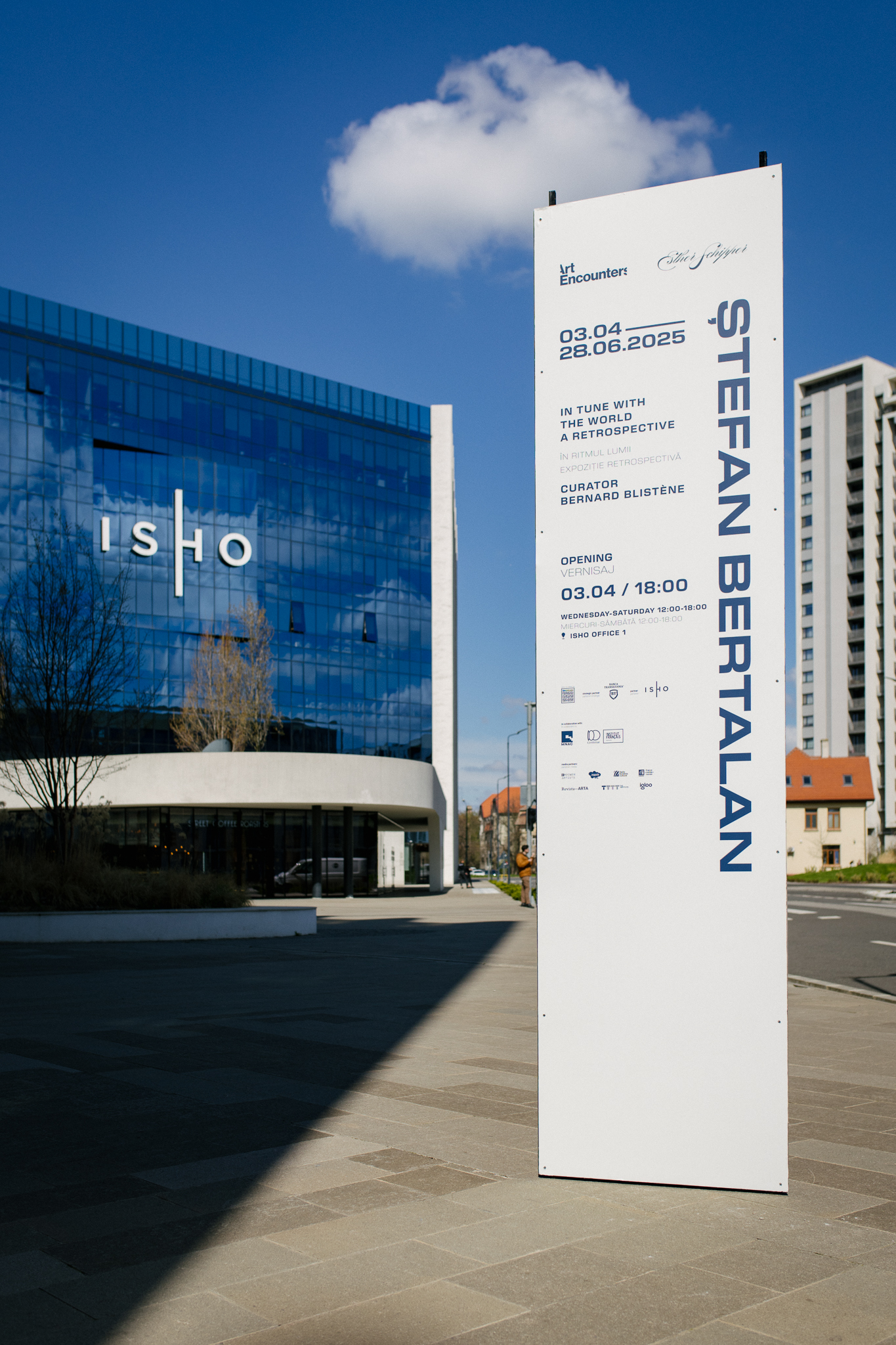Ștefan Bertalan is considered an essential figure of the art scene in Timișoara, where he lived and died. In 1965, together with Roman Cotoșman and Constantin Flondor, he founded Group 111, the first experimental art group in communist Romania. Five years later he became a leading member of the Sigma group, which he founded with Constantin Flondor, Doru Tulcan, Elisei Rusu, Ion Gaita and Lucian Codreanu.
Diverse and hybrid, Bertalan’s work combines continuous research with a never-ending enquiry – like a logbook – into the nature of creation and humanity’s place in the universe. In its variations and metamorphoses, Bertalan’s art reflects a scientist aware of the laws of the universe.
The diversity of the disciplines and tools he uses, as well as the profoundly hybrid dimension of a practice that combines the most descriptive language with the invention of graphic and geometric schemes, in which abstraction and figuration are inseparable, testify to a remarkable original investigation. This retrospective is intended to highlight this unique body of work. In addition, his passion for optics and mechanics, botany and geology, astronomy and all forms of systems, combine a dogged desire to understand the world through observation.
Multiplicating geometric motifs, graphic and cybernetic propositions, and emphasising his abiding interest in architecture and the contemporary city, much of Bertalan’s work finds its full place within the neo-Avantgardism of the 1960s and 1970s, whose ambition was to put into perspective the utopias of the early 20th-century movements.
Bertalan continued to learn from nature, paying particular attention to plant life as well as bestiary, combining observation and phantasmagoria. In many places, Bertalan interweaves endless depictions of the human body and his own features with an attention to dissecting nature and its organisms. In its shapes and tumults, Bertalan’s work is attentive to the laws of the universe, in which he confronts the extreme tensions that animate and disrupt its existence.
Bertalan’s work is first and foremost that of a restless man. Through countless self-portraits and the metamorphoses they witness, he questions the organic dimension of time. His work is animated by holistic research as well as by the constant tension expressed by the compulsive strokes of pencil or pen with which he covers every surface of paper, cardboard or canvas to saturation, reinventing the world to oppose the lie of taught knowledge and to confront what Leonardo da Vinci called ‘a sovereign dementia’.
Finally, the artist’s pedagogical role and his synaesthetic research, in which his intimacy with music and its multiple performers accompanied the last years of his life, provide today’s researchers with exceptional material.
At a time when contemporary creation is opening up to an infinite number of territories, it seems essential to focus on the few artists who have anticipated the cosmo-morphic turn of creation and conceived their project in fusion with the universe.
Bernard Blistène
